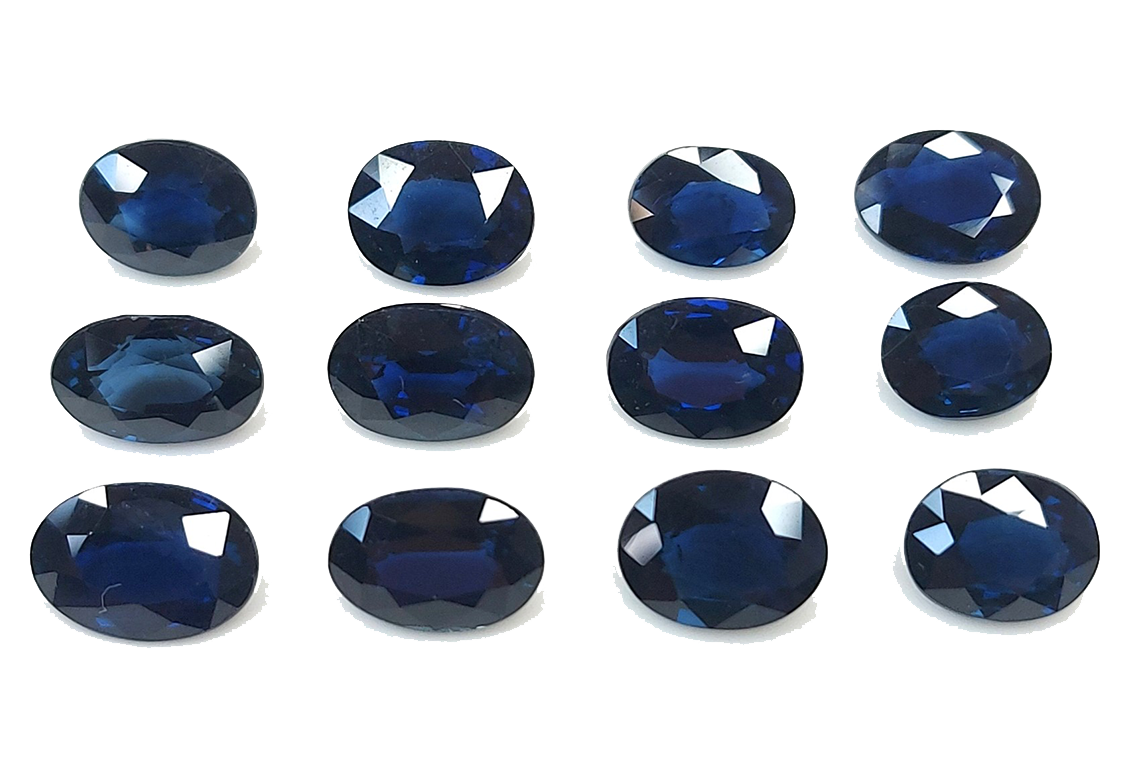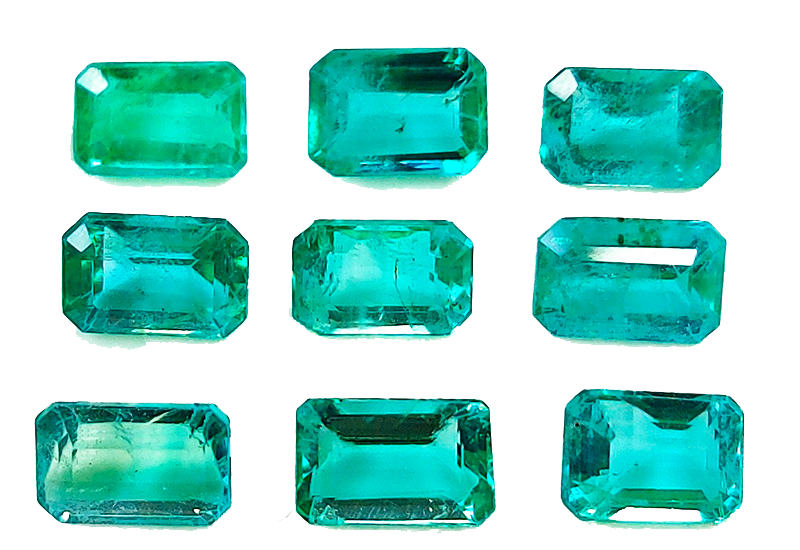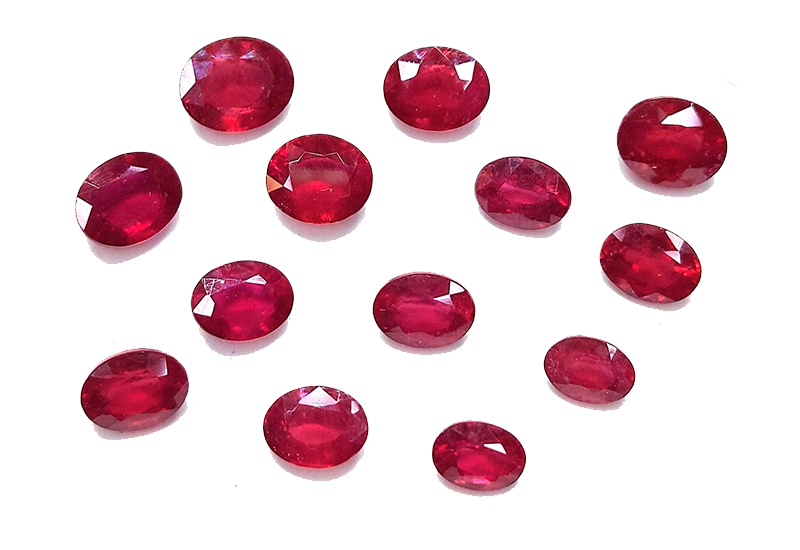Blue Sapphire – The Ultimate Gemstone for Elegant Jewelry
✨ Origins of Blue Sapphire
Blue Sapphires are sourced from several premium locations:
- Sri Lanka (Ceylon): Produces medium to lighter royal blue sapphires with excellent brilliance.
- Kashmir: Famed for "cornflower blue" sapphires — rare, velvety, and extremely valuable.
- Madagascar: Emerging as a top supplier with a wide range of colors and excellent quality.
- Myanmar (Burma): Known for rich royal blue stones with strong saturation.
- Thailand: Produces commercial quality stones mainly for calibrated goods.
Industry Note: Ceylon Sapphires are highly prized for their brightness and lighter royal blue color, making them ideal for vibrant jewelry pieces.
🧪 Key Properties for Jewelry-Grade Blue Sapphire
| Property | Details |
|---|---|
| Mineral Family | Corundum |
| Hardness | 9/10 on Mohs Scale |
| Primary Use | Fine jewelry (rings, bracelets, earrings, pendants, watches) |
| Standard Shapes | Oval, Cushion, Round, Pear, Princess, Emerald |
| Calibration | Sizes from 1mm to 10mm+ for perfect jewelry setting |
🎨 What Jewelry Manufacturers Look for in Blue Sapphires
- Color: Vibrant royal blue, evenly distributed, without greyish or overly dark tones.
- Clarity: Eye-clean stones are preferred; minor silk or rutile inclusions are acceptable in fine-quality gems.
- Cut: Precise, symmetrical cuts ensure maximum brilliance and easy jewelry fitting.
- Size Consistency: Matching lots and calibrated sizes are crucial for production efficiency.
- Treatment: Heat treatment is standard and acceptable in the industry if properly disclosed; untreated stones are premium-priced.
👉 Tip: Always confirm whether sapphires are heat-treated or natural untreated, especially for high-end jewelry lines.
🛒 How to Choose the Best Blue Sapphire for Jewelry
- Pick Based on Color Tone: Medium to medium-dark blues are most visually appealing and versatile in jewelry.
- Prioritize Uniformity: Especially critical when buying parcels for multi-stone designs.
- Request Certifications: Especially for high-value sapphires and untreated stones.
- Opt for Proper Cutting: Well-cut sapphires appear livelier and set better in fine jewelry.
💸 Pricing Factors for Blue Sapphires
- Color Quality: Rich, vivid blues command higher prices.
- Clarity: Eye-clean stones are more valuable than visibly included ones.
- Origin: Kashmir stones (historical) are the rarest and most expensive; Ceylon stones offer the best balance of beauty and price.
- Treatment Disclosure: Heat-treated stones are standard; untreated sapphires fetch premium prices.
- Calibration: Uniform sizing and proportion increase demand from manufacturers.
🙋♂️ FAQs for Jewelry Manufacturers
Q1. Are heat-treated Blue Sapphires acceptable in fine jewelry?
Yes, heat treatment is an industry-standard to enhance color and clarity. It is widely accepted when disclosed.
Q2. What are calibrated Blue Sapphires?
Calibrated Blue Sapphires are precision-cut stones in standard sizes (e.g., 5x7mm, 6x8mm) perfect for jewelry settings.
Q3. Which country produces the best Blue Sapphires?
Historically, Kashmir is the gold standard, but Ceylon (Sri Lanka) sapphires are widely available and highly desirable.
Q4. Are Blue Sapphires durable enough for daily wear?
Absolutely. With a hardness of 9, Blue Sapphires are second only to diamonds in durability, making them perfect for everyday jewelry.
🎯 Final Thoughts
Blue Sapphires offer elegance, durability, and a luxurious aura to any jewelry design. Whether creating fine rings, wedding bands, or designer earrings, choosing high-quality, calibrated Blue Sapphires ensures both beauty and craftsmanship excellence.
👉 Explore our premium Calibrated Blue Sapphires here.



